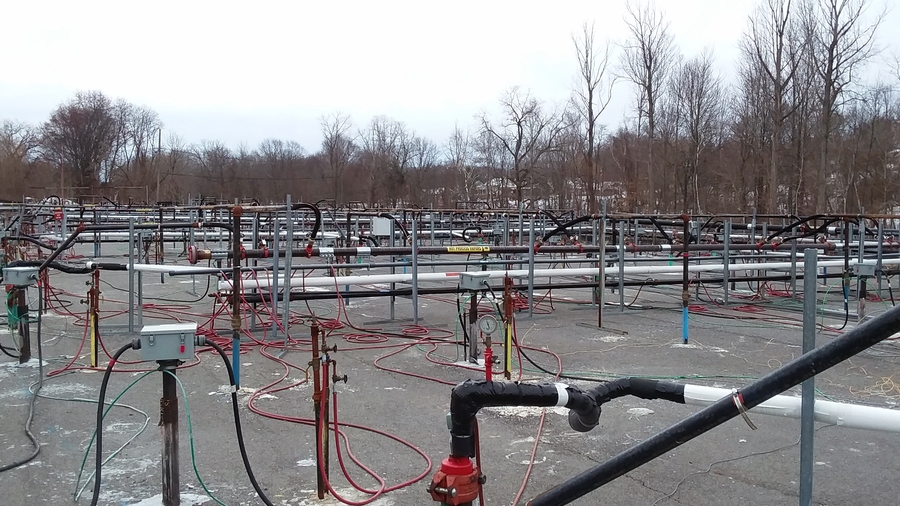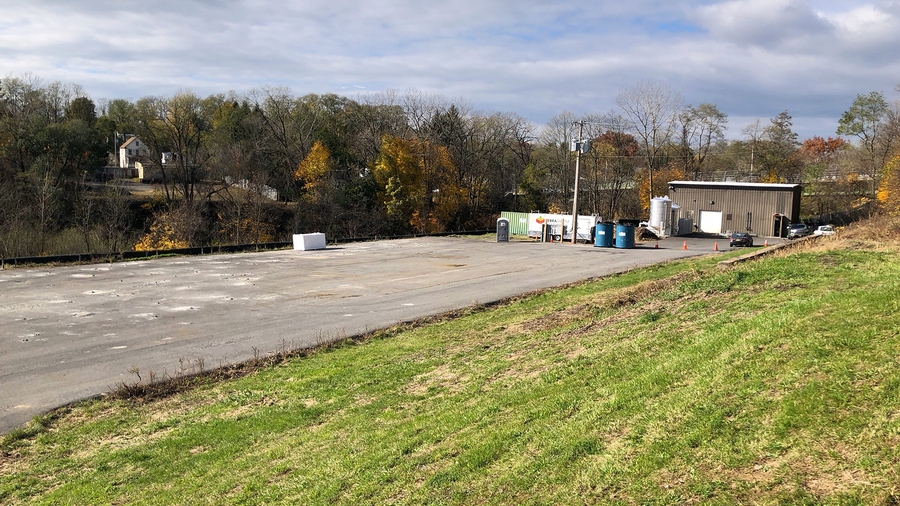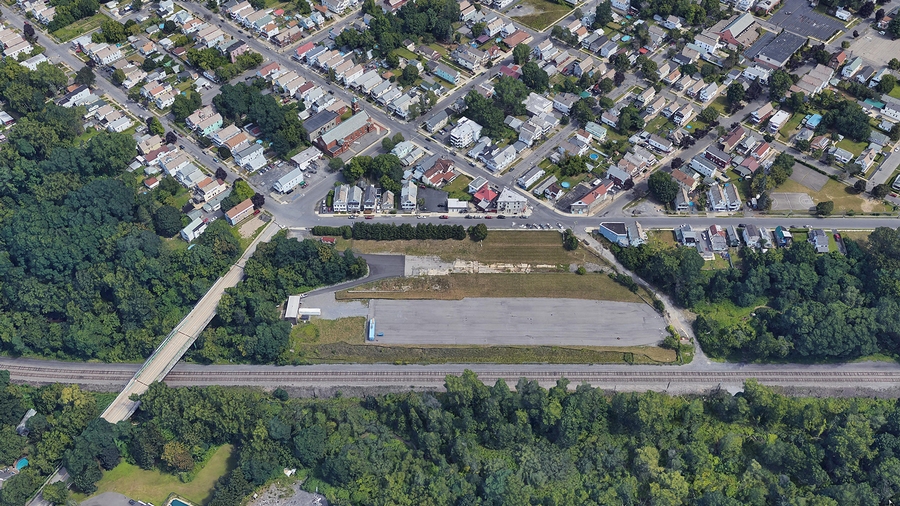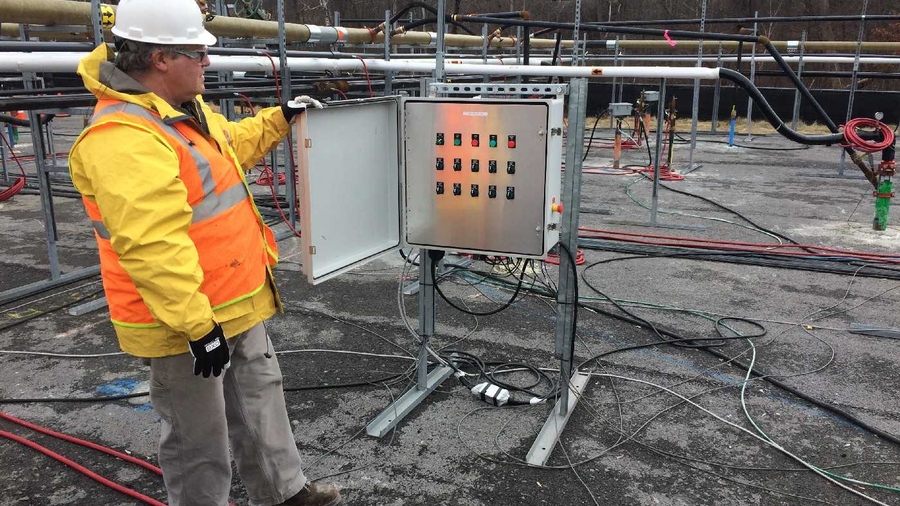Thermally Enhanced Soil Vapor Extraction and Bioremediation
From 1910 to 1997, a chemical manufacturing facility in New York produced enamels, insulating varnishes, and resins. Unfortunately, historical chemical spills led to the site's classification under the State Superfund Program by the New York State Department of Environmental Conservation (NYSDEC). Subsurface investigations from 1984 to 2008 revealed volatile and semi-volatile organic compounds (VOCs/SVOCs) below the ground surface, leading to the proposal of thermally enhanced soil vapor extraction (TESVE) as a remedy.
Due to its residential neighborhood location, an innovative approach was needed. TESVE, a combination of SVE/air injection technology, heats soils to enhance volatilization and biodegradation of VOCs/SVOCs. Low-temperature TESVE was preferred for its advantages: less infrastructure, reduced community impacts, and cost-effectiveness. 143 heater probes and 152 vapor/liquid extraction wells increased the subsurface temperature of soils and maximized subsurface airflow. The system was built with modular components, facilitating its reuse at other sites, saving time, resources, and reducing waste. Overall, the chosen solution and thoughtful design proved efficient, environmentally friendly, and considerate of the community's well-being.
Project summary
Chemical manufacturing on site beginning in 1910.
143 heater probes.
152 vapor/liquid extraction wells.
Talk to an expert

Keith Cowan, PG
Vice President,
Project Team Leader,
Senior Principal Scientist
Keith has over two decades of environmental consulting experience. His resume includes remedial investigation and feasibility study, petroleum spill and remediation, solid and hazardous waste landfill investigation and closure, environmental site characterization, hazardous materials assessment, environmental compliance, and brownfields projects.





